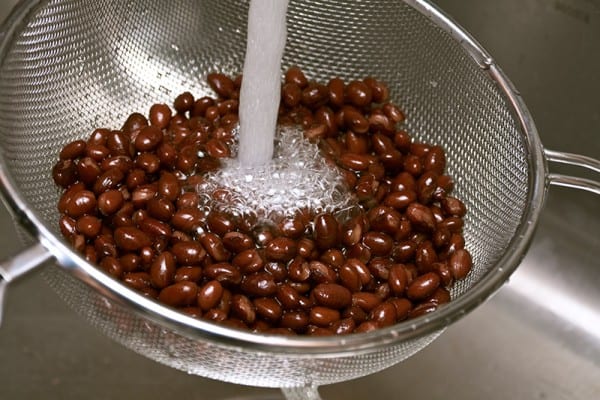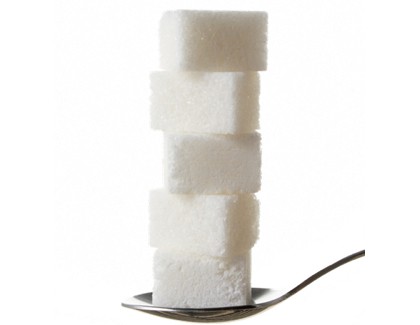
For years, we’ve heard various health authorities recommend that we consume less salt in order to reduce our risk of high blood pressure, stroke and heart disease. Though obtaining accurate data on sodium consumption is not easy, it’s been established that most Americans consume substantially more sodium than is recommended. But what does the science say about how salt impacts the health of your heart?





